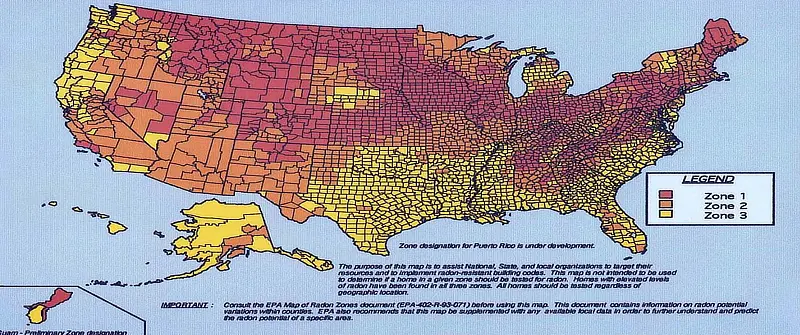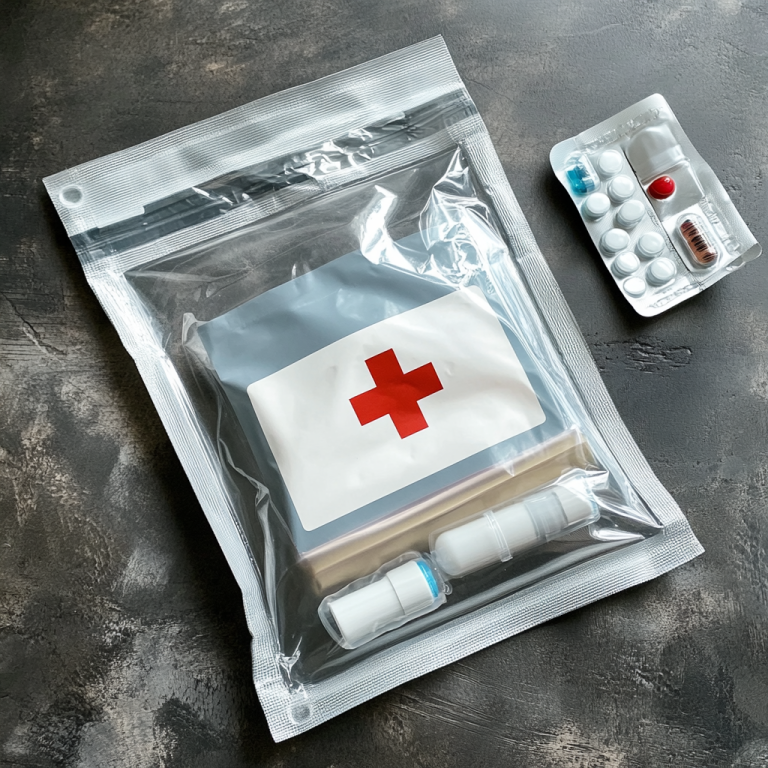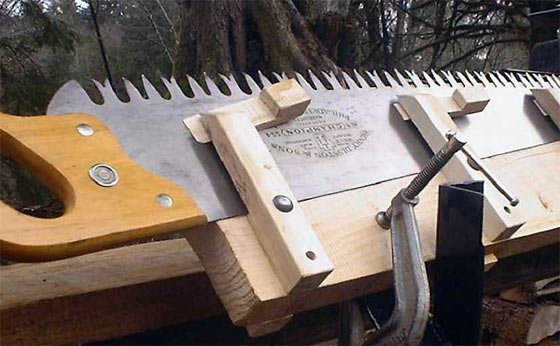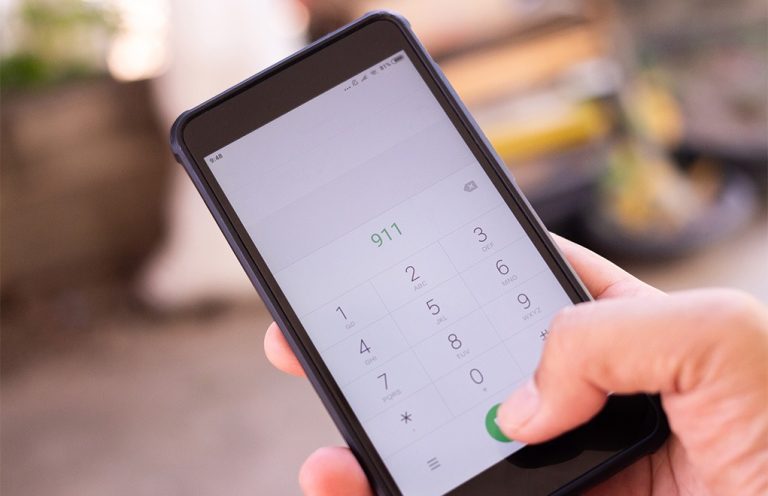Radon is a real serious potential problem for your health. It is invisible. Odorless. Radioactive. It can cause lung cancer. Common questions about it include, “How do I know if there’s radon in my home?” “What radon levels are considered bad?” “What’s the best air purifier for radon?” “When should I hire a professional?”
Jump down to:
> My researched choice Air Purifier
> Radon Detector
> Zone Maps
> Radon Levels
Does an air purifier filter even work for radon? My research indicates yes, to an extent. However an air purifier for radon should not be your permanent fix to reduce or eliminate radon gas in your home if the levels are high.
What kind of air purifier works to remove radon from the environment?
The best air purifier for radon in your home must have a GOOD Activated Carbon Filter within. It’s the only kind of air filter that can catch radon gas.
Lots of air purifiers do have a carbon filter included. However, many or most of them are cheap, thin, and not very good in this regard. So I did some research..
Note that using an Air Purifier for radon isn’t the same as a “radon reduction system”. If you have a serious problem with radon, consult a radon specialist.
Levoit Core 400s
Air Purifier For Radon With a Good Activated Carbon Filter
The best air purifier for radon? My research was based on having an outstanding (not just ordinary) activated carbon filter built-in. I believe I’ve found one of the best brand air purifiers for this, and I’m really impressed with their 3-stage filtration. Levoit. They make a number of models.
Core 400s
(amzn)
It is the carbon that soaks up the radon. Just be sure your air purifier of choice has activated carbon as part of its overall filtration. The more the better.
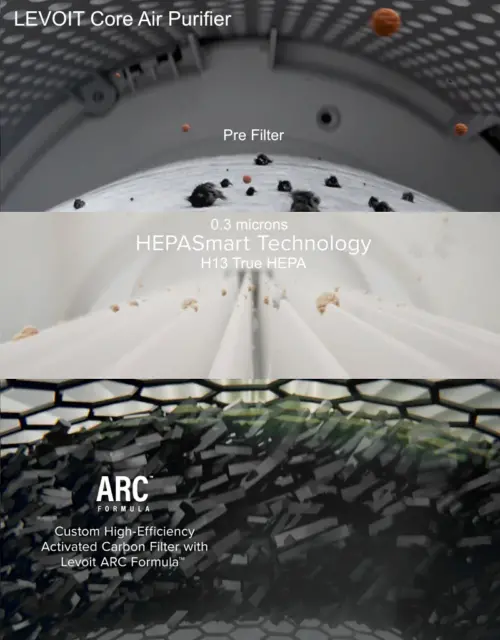
This air purifier is not only good for radon reduction, but the filtration system is great for most any air pollutants.
- 0.3 microns!
- H13 True HEPA
- Statically charged fiber traps 99.99% of bacteria and viruses
- very quiet, 24-52 db
- Very nice App integration and features
The Levoit Product Lineup
(amzn)
There are many very good reasons to run an air purifier in your home. I do.
Have you ever been sitting there with the sun streaming into the room “just right” so you could see all of the dust (and other) particles floating in the air?! It can be surprising!

[ Read: What is a HEPA Air Filter and Which is Best? ]
Continue reading for a great radon detector for your home. I have this one, and it sure provides peace of mind.
Radon Zone Maps
How do you know if there is radon in the house?
First, know your risk. Look at a map of the United States which shows color-coded Risk Zones 1, 2, and 3 (the highest risk for radon). You can also view greater resolution radon maps of individual states, sourced from EPA.gov
The only conclusive way to know if there’s radon in your home is to test the air. There are a number of ways to do this. You can hire a professional. Or you can buy a test kit which you send to a lab afterwards. And now there is a home radon detector that you can leave on all the time (developed in Norway by a spin off of CERN of Geneva, Switzerland).
What is Radon Gas and Why should I be concerned?
According to EPA estimates, radon is the number one cause of lung cancer among non-smokers. Overall, radon is the second leading cause of lung cancer. Radon is responsible for about 21,000 lung cancer deaths every year. About 2,900 of these deaths occur among people who have never smoked.
Radon comes from the natural (radioactive) breakdown of uranium in soil, rock and water and gets into the air you breathe. Radon can be found all over the U.S. It can get into any type of building—homes, offices, and schools—and result in a high indoor radon level. But you and your family are most likely to get your greatest exposure at home, where you spend most of your time.
Nearly 1 out of every 15 homes in the U.S. is estimated to have elevated radon levels.
Radon Levels
What Radon Levels Are Bad?
The EPA recommends that you should consider fixing if radon levels are between 2 and 4 pCi/L. However your really must fix if levels are above 4 pCi/L.
They also say that reducing radon levels below 2 pCi/L is difficult.
The average indoor radon level is 1.3 pCi/L.
The average outdoor radon level is 0.4 pCi/L.
Corentium 223 Radon Detector
Radon Detector for your home
Update: I’ve had this radon detector for 2 years so far. Wow, I really appreciate constant live updates on my home radon levels. Fortunately for me, the levels are fine. It’s peace of mind.
Corentium 223
(amzn)
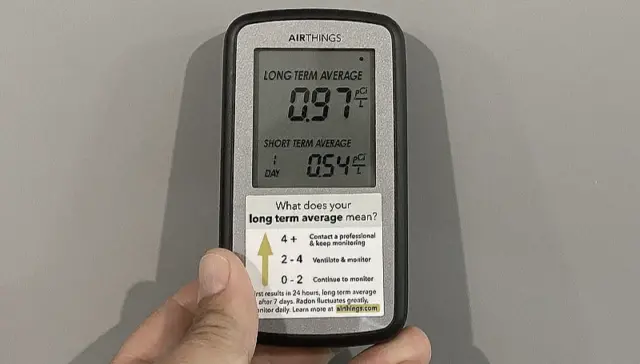
Traditionally, consumers only had two options: call a professional to test their radon levels, or purchase a single-use charcoal test which was then sent to a lab for the results.
However I’ve discovered a radon detector from a company with scientists working together at CERN (European Organization for Nuclear Research). Their mission, “to offer accurate, user-friendly radon detectors to the masses, making them as common as smoke detectors.”
Their radon detector is my personal choice. Rather than spending money on one-time tests, I prefer the continuous “always on” (live) radon detector from a product I trust. I am comfortable with its design, manufacture, and method of detecting and quantifying radon gas in the home.







